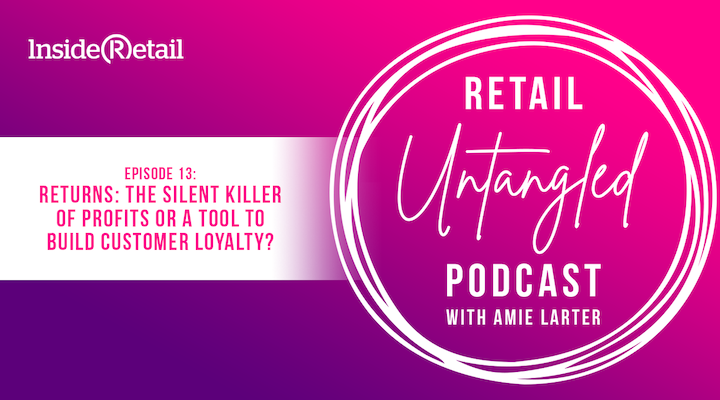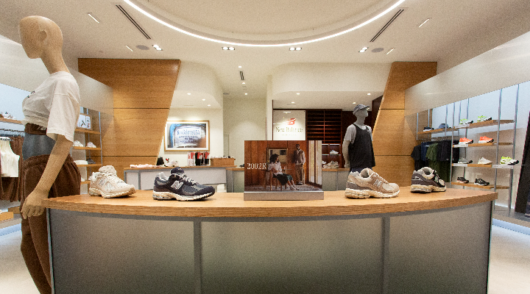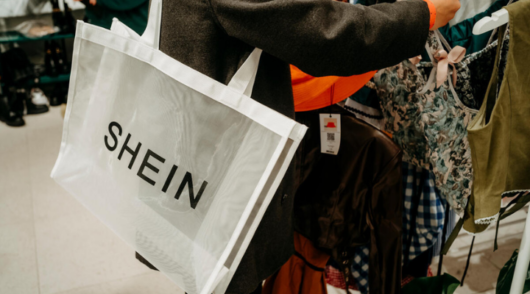The cost of getting returns wrong is massive – and if a retailer gets it wrong, it is very likely a return might be the last interaction a retailer has with a shopper.
“Every interaction is an opportunity to deliver a great experience and drive loyalty,” explains John-David (JD) Klausner, senior VP of business development at Loop Returns. “Returns are a high friction point where you have bought a product, you’re excited, and then, for some reason, you have got to return it. Having the ability to deliver a smooth and easy experience to initiate that return can drive customer loyalty on the basic level – and then maximise the lifetime value between the brand and the shopper.”
Klausner was speaking to Inside Retail’s Amie Larter in the latest edition of Retail Untangled, a podcast series that takes a peek under the hood of trending retail issues with leading industry experts.
He advocates that rather than be a bad experience for shoppers, the way brands manage returns can turn the interaction into “a fantastic opportunity to create a profit centre”.
The most common pain point for any online shopper is having to go through what Klausner describes as a manual returns experience: proactively reaching out to customer support, opening a ticket, copying and pasting their order number and following the process. “The amount of time and resources it takes for you as a shopper and for the brand team to manage these requests is exorbitant. Let’s say 20 or 25 per cent of your products are getting returned – the accumulated time wasted on handling these interactions is frankly insane, and doing this manually on the brand’s side can also lead to a tonne of errors, such as inaccurate accounting reconciliation, for example.
“And this is only on a digital level. Then, the product needs to be returned to the warehouse for manual inspection, and then the warehouse employee has to determine if it goes into the trash, it gets fixed, it goes back into merchandising, or it gets donated.”
That’s where Loop Returns comes into play, delivering a self-service, automated experience on the shopper side and streamlining the reverse logistics experience for the brand. A customised shopper portal providing a streamlined experience can maximise lifetime value and keep customers wanting to come back.
Loop’s bread and butter is to deliver what it calls exchanges. Automating the returns process is the first step. But, when you’re at that point of friction where a shopper wants to return the pair of jeans they bought, being able to incentivise exchanges can make the shopping experience more enjoyable than having to go back and research the product afresh. Such incentives might be with a coupon or a bonus credit to buy the same product in a different size, and if you buy it now, you get a 2 per cent discount.
“Revenue that would have been lost with the refund is then retained or even expanded based on this exchange experience,” he says.
The cost of getting it wrong
Klausner stresses the cost of getting returns wrong can be massive – “and it’s very likely that a return might be the last interaction your brand ever has with your shopper”.
A negative return experience will decrease the repeat purchase rate, which will cause potentially loyal customers to churn at much higher rates – a significant issue in today’s economic climate, where acquiring new customers is vastly more expensive than retaining existing ones.
“It is a massively missed opportunity if you’re not able to convert a potentially unhappy customer into a happy one by incentivising them to make that exchange as well.”
Data is super important, he continues. After capturing data on every single return and understanding why these products are getting sent back, the information can be shared with product development teams and potentially lead to improvements in areas such as size,
“Maybe you can make adjustments either to the size guide on the product page or the way you’re explaining the product. There are a million factors that contribute to this.”
Download Loop Returns’ free report Customer Satisfaction and Sales Through Sustainable Returns here.
Another reason to collect and interpret data is to combat returns fraud, which Klausner describes as “a sleepy giant in our world”. “A massive amount of returns are fraudulent, and the definition of fraud is pretty wide and scary. There is what could be perceived as innocent ideas of, okay, I’m gonna buy five pairs of the same pair of jeans, try which one I like, and then return the other four – that’s technically considered somewhat fraudulent because the intention is to return a disproportionately high amount of the products that you purchase.
Another type of fraud is what’s called ‘wardrobing’, where a customer knows they have an event in two weeks, so they buy a tuxedo, wear it, and then return it the following day. “That happens at an exorbitant rate.”
On TikTok, there are influencers who teach shoppers how to abuse return policies. “It’s like a whole underground and a pretty big problem for enterprise brands.”
Without returns software, retailers can miss out on data that will help figure out who their good customers are, as opposed to the bad actors, and make sure they deliver a good post-purchase experience.
Lastly, the environmental implications are “massive,” he says, with globally around 5 billion pounds of returns waste ending up in landfills yearly. “So simple changes you can make in the return process can promote a more sustainable experience.”
- Listen to the podcast to hear Klausner’s advice on how retailers can embark on their returns journey reinvention, the approach used by one Australian brand expanding into the US that has seen it manage to retain 53 per cent of its income on returns that might otherwise have been refunded to customers; and how to leverage loyalty programs in a smart returns strategy.






